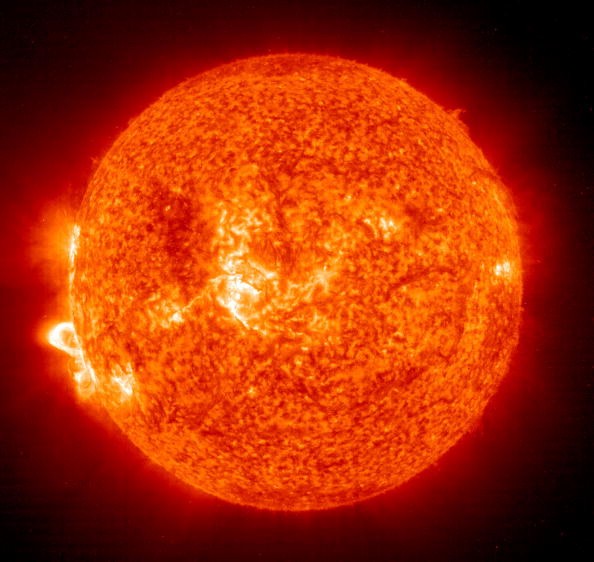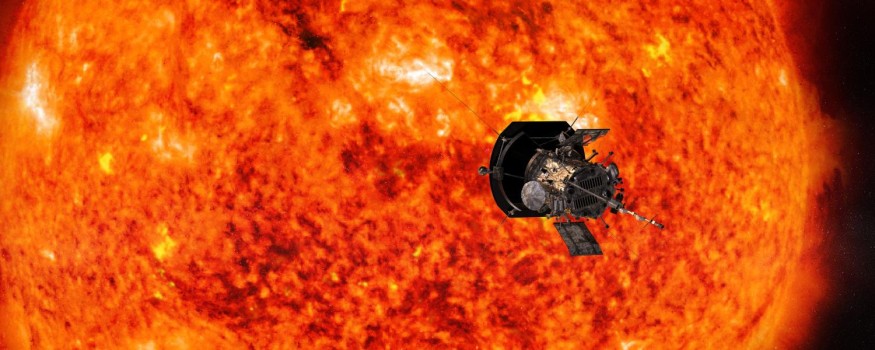On Monday, September 27th, space weather forecasters anticipate a moderate solar storm with the possibility of aurora. The storm is expected to be the result of multiple solar coronal mass ejections (CMEs) and solar winds unleashed from a "hole" that has opened up in the Sun's corona, according to the US National Oceanic and Atmospheric Administration (NOAA) and the British Met Office.
There is no need to be concerned because even though as many as four CMEs could reach Earth, the storm will only reach G2 level, which is very moderate on the five-level solar storm scale, with G5 being the most powerful.
G2 Storm
The anticipated G2 storm might cause power grid irregularities at high latitudes; satellite orientation could be altered, resulting in greater drag in low-Earth orbit; and high-frequency radio transmission could diminish.
However, we may be in for a treat as well: "Aurora may be visible as low as New York to Wisconsin to Washington state," according to the NOAA's warning.
Related Article : Expert Warns 'Situation Worse than Covid' if Government Ignores Solar Flare Defense
Regular Space Weather

Solar storms are a common occurrence in space weather, and we may expect to witness more of them in the future years. They happen when the Sun gets a bit rowdy, producing disruptions to Earth's magnetic field and upper atmosphere in the form of CMEs and solar winds.
The corona, or the outermost part of the Sun's atmosphere, explodes, launching plasma and magnetic fields into space. The collision of solar ejecta with Earth's magnetic field can create a geomagnetic storm, also known as a solar storm if the CME is directed toward Earth.
Solar Winds
Solar winds come from the Sun's corona's 'holes.' In the Sun's atmosphere, they are cooler, less concentrated plasma areas with more open magnetic fields. These open areas allow solar winds to exit more readily, blasting high-speed electromagnetic radiation into space. If the hole is facing Earth, the winds might blast directly at us, causing havoc in our magnetosphere once more.
Both are currently active on the Sun.
"There are four CMEs that may influence the Earth," according to the British Met Office's website.
"Three of them might arrive individually or as a single merged feature on September 27th, with a fourth CME possibly brushing the planet later that day or on September 28th." Thus, on the 27th and 28th of September, instantaneous wind from a coronal hole may influence the Earth. However, the implications of this wind remain unknown.
"There's also a chance that CMEs and strong winds would strike the earth at the same time, resulting in a stronger effect." As a result, any upgrades would subsequently be scaled back on September 28 and 29."
CMEs Reaching Earth
Any charged particles colliding with Earth's magnetic field are propelled zooming towards the poles, where they shower down on Earth's upper atmosphere and smash with atmospheric molecules. The aurora is the consequence of the ionization of these molecules, which produces the beautiful dancing lights we call the aurora.
On the ten-point Kp index of geomagnetic activity, we're at Kp 6 according to Space Weather's aurora forecast. This implies there's a good chance of seeing brilliant, active auroras, as well as auroral coronae.
Solar Cycle

In the months and years ahead, we may expect additional solar storms. The Sun is presently approaching solar maximum, the most active phase of its 11-year cycle. Sunspots (temporary areas of strong magnetic fields), solar flares, and coronal mass ejections are controlled by the solar magnetic field, which is at its greatest during solar maximum.
The Sun has produced its most intense flare since 2017, indicating that our star is reawakening. Its sunspot activity is predicted to peak in July 2025, followed by a return to solar minimum.
Read also: Powerful Solar 'Superflare' That Only Occurs Once Every 10,000 Years: Can it Happen Today?
For more cosmic news, don't forget to follow Nature World News!
© 2025 NatureWorldNews.com All rights reserved. Do not reproduce without permission.





